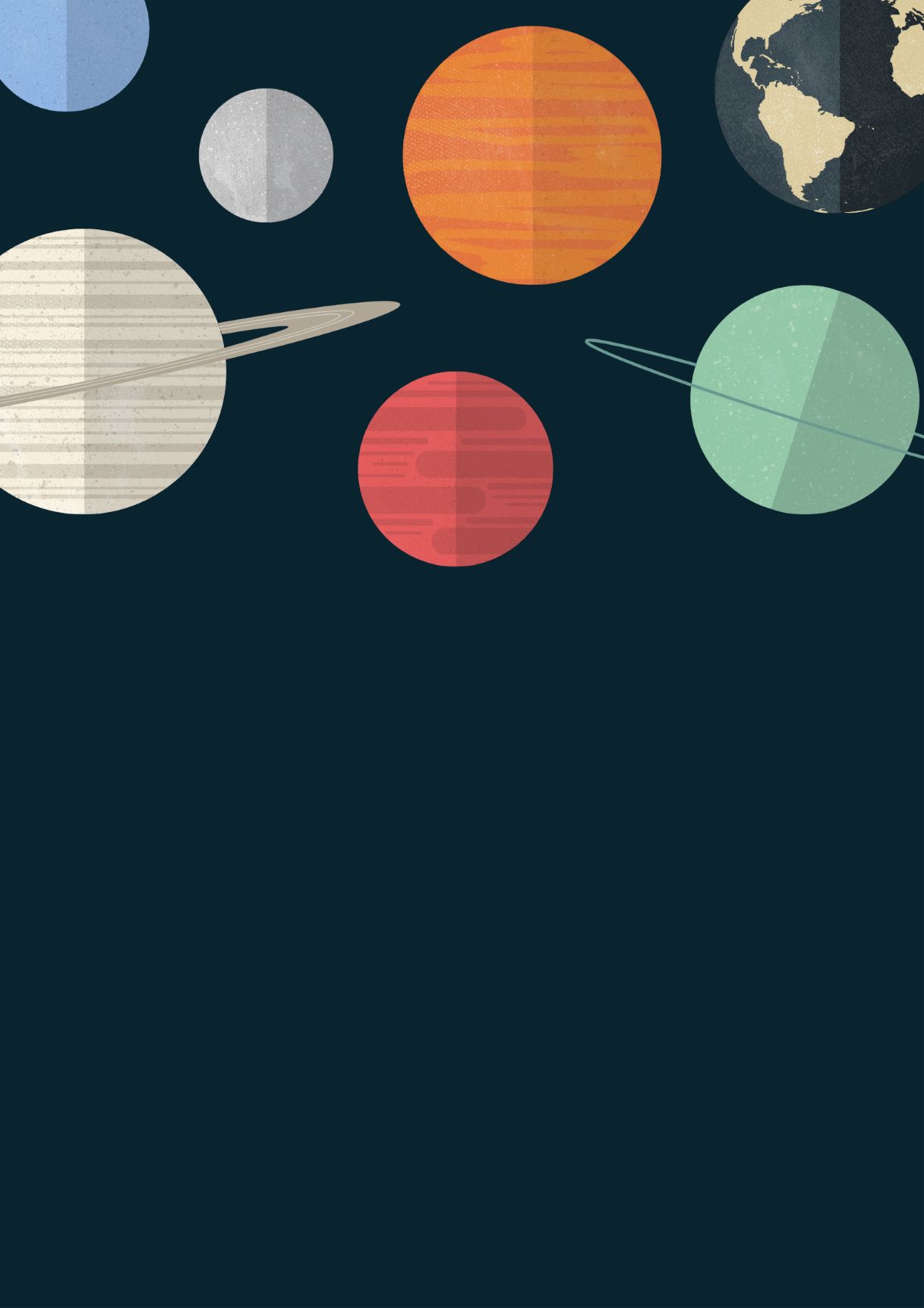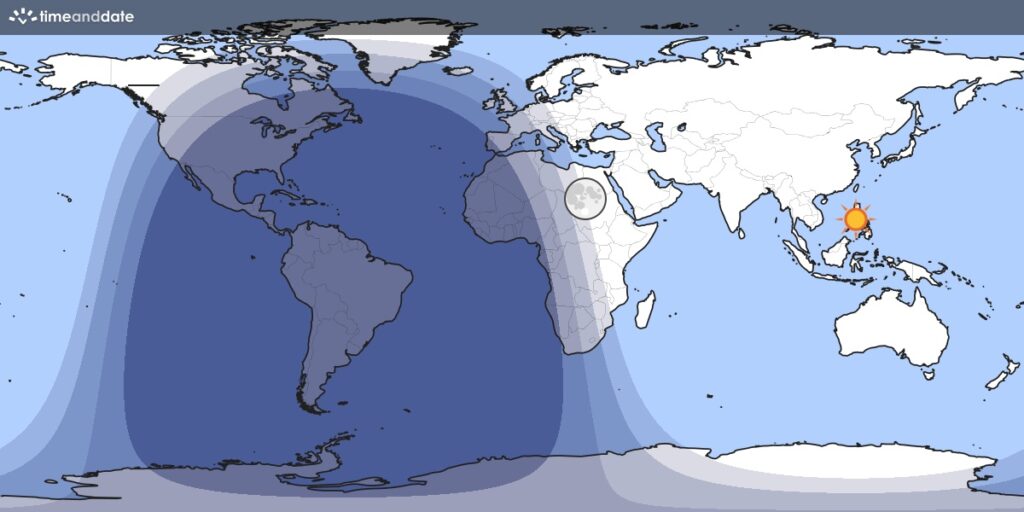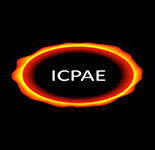
Aug 19th 2022, 04:00 UTC
Aug 18th 21:00 PDT and 19th 06:00 CEST
18th Mid-night in New York, 19th 6 AM in Paris, 19th Noon in Beijing
Jupiter as an Air Conditioner: From Kelvin to Bowen
Xi Zhang
(University of California Santa Cruz, USA)
Link to the Zoom webinar: https://us02web.zoom.us/j/88549245299?pwd=cTJrTG5Hb05rQS82ZDlXYmM1dTVXUT09
Webinar ID: 885 4924 5299, Passcode: 965315
Abstract:
Jupiter is the largest planet in the Solar System. It is composed of hydrogen and helium with heavier species such as water. Jupiter has undergone Kelvin-Helmholtz contraction with a shrinking rate of about 1 mm/year, radiating an internal energy flux to space much larger than the absorbed solar flux. It was believed that Jupiter’s internal heat was transported to the photosphere by vigorous thermal convection, in which warm air rises and cold air sinks. In this talk, I will show this traditional picture is not correct. We use cloud-resolving simulations to demonstrate that convective heat transport is significantly inhibited in the stably stratified region in Jupiter’s weather layer where water condenses. Instead, we argue that Jupiter’s atmosphere behaves like an air conditioner using water as the refrigerant. The active hydrologic cycle with water condensation and evaporation produces intermittent moist storms that transport the latent heat across the stable layer where the Bowen ratio (sensible to latent heat ratio) is close to zero. Our new theory represents paradigm-shift thinking of Jupiter. It explains the existence of the stable layer inside Jupiter as revealed by the comet impact in 1994 and active moist storm systems observed by the Galileo and Cassini spacecraft. It also depicts how the disjointed shallow and deep meteorological systems interact in Jupiter. This work further suggests why Jupiter’s interior is likely hotter than we thought and potentially reconciles the dilemma from the recent gravity measurement by the Juno spacecraft. Finally, I will talk about applying this framework to other planets, exoplanets, and brown dwarfs to understand their structure and evolution in the James Webb Space Telescope (JWST) era.
About the speaker:
Xi Zhang is an associate professor in the Department of Earth and Planetary Sciences at the University of California Santa Cruz. He got his bachelor’s degree in space science from Peking University in 2007 and received his Ph.D. in planetary sciences from the California Institute of Technology in 2013. He was a Bisgrove postdoctoral fellow at the University of Arizona before joining UC Santa Cruz in 2015. Xi’s research covers many topics in planetary atmospheres within and out of the Solar System. He was awarded the AGU Ronald Greeley Early Career Award in 2019.
Audience in the world:

(image credit: timeanddate.com)

Organization: ICPAE
(https://www.iamas.org/icpae/webinar)
Supported by IAMAS (https://www.iamas.org)
